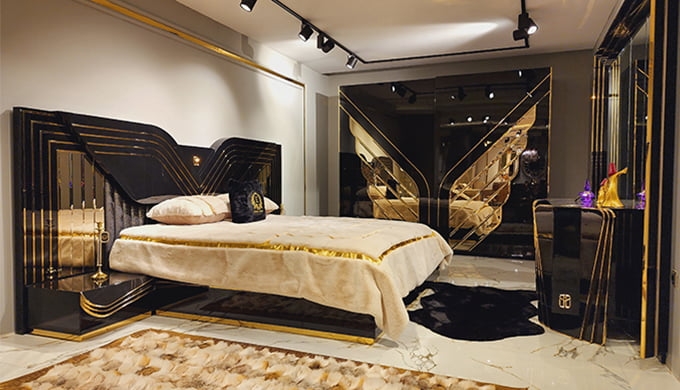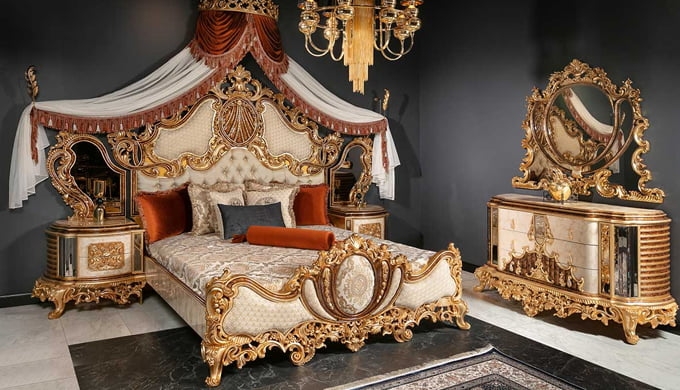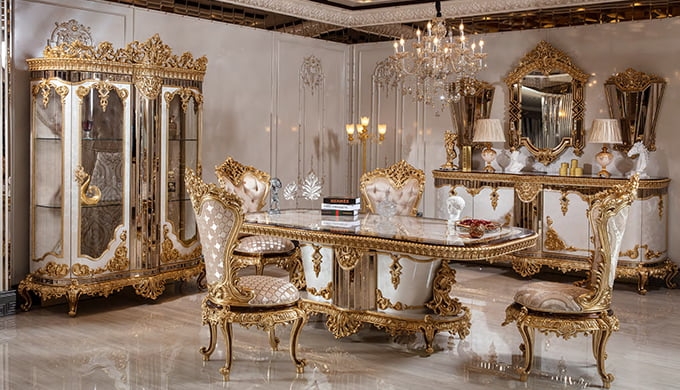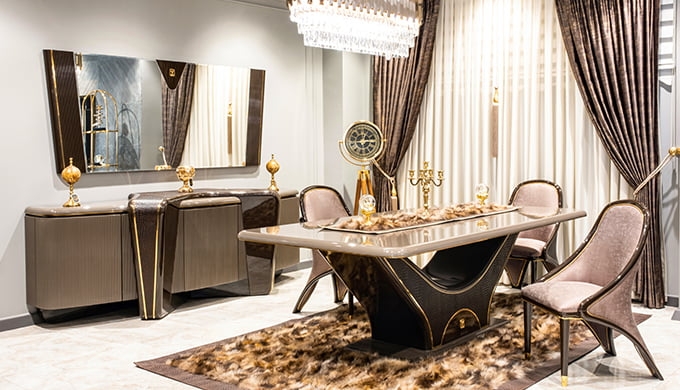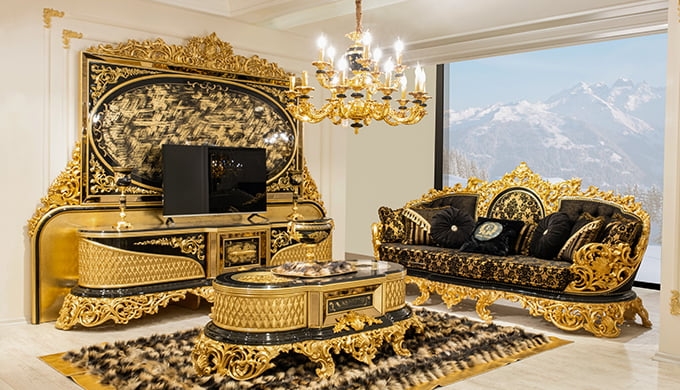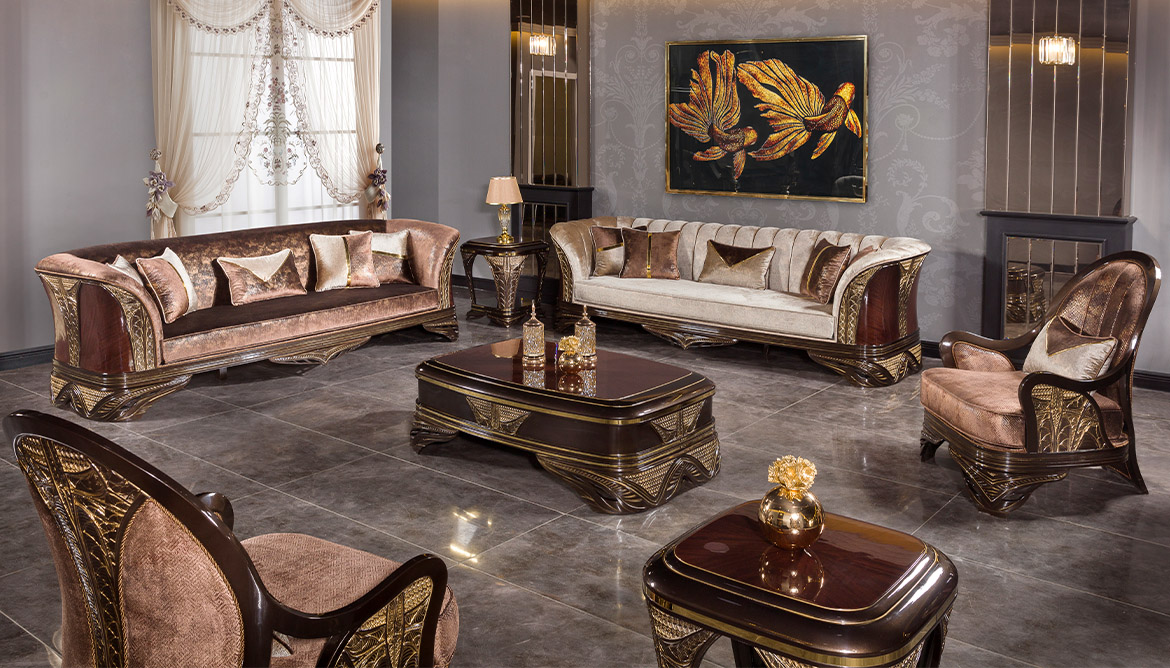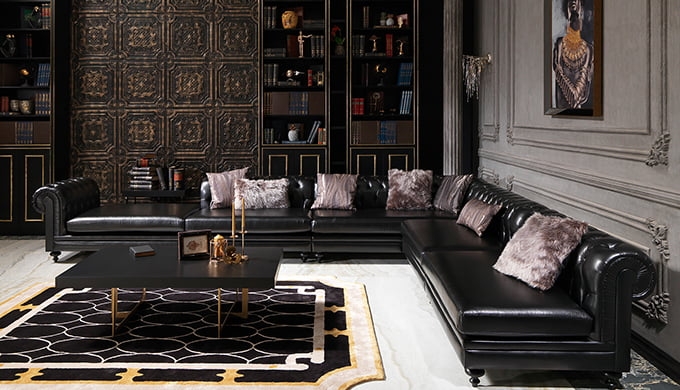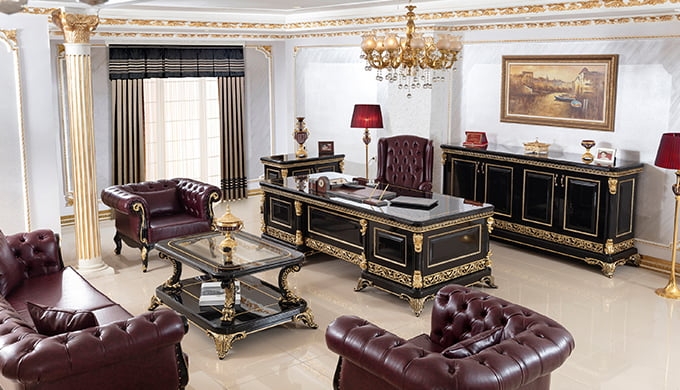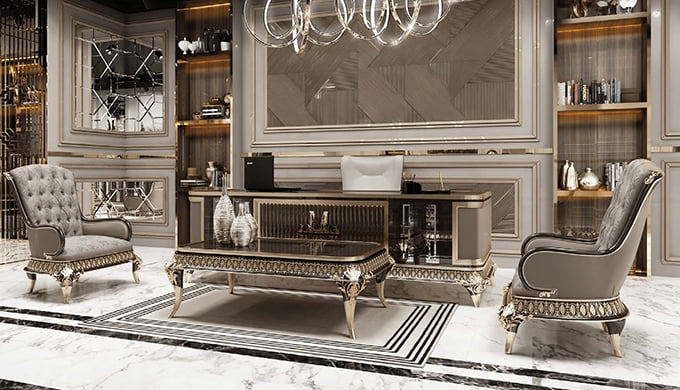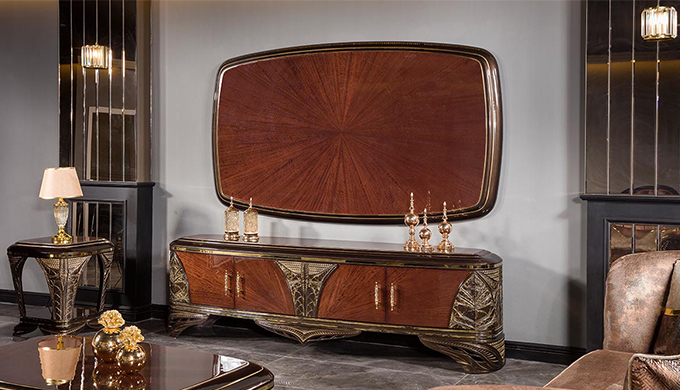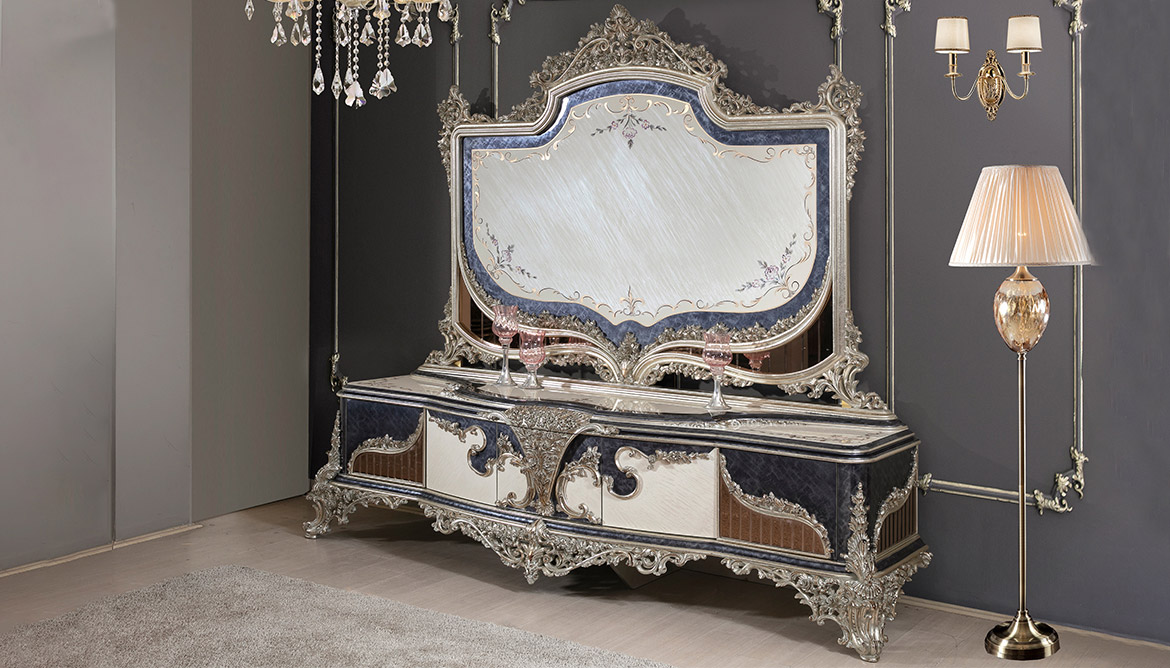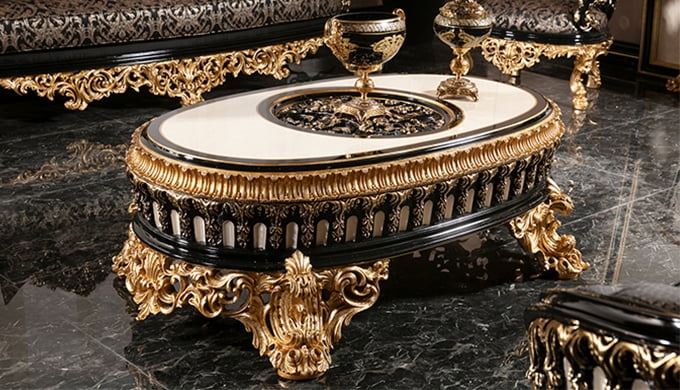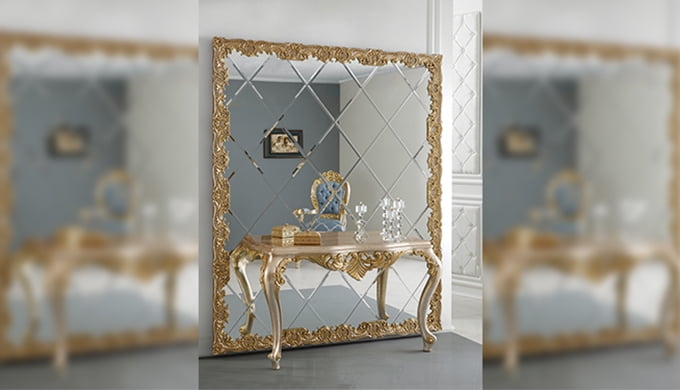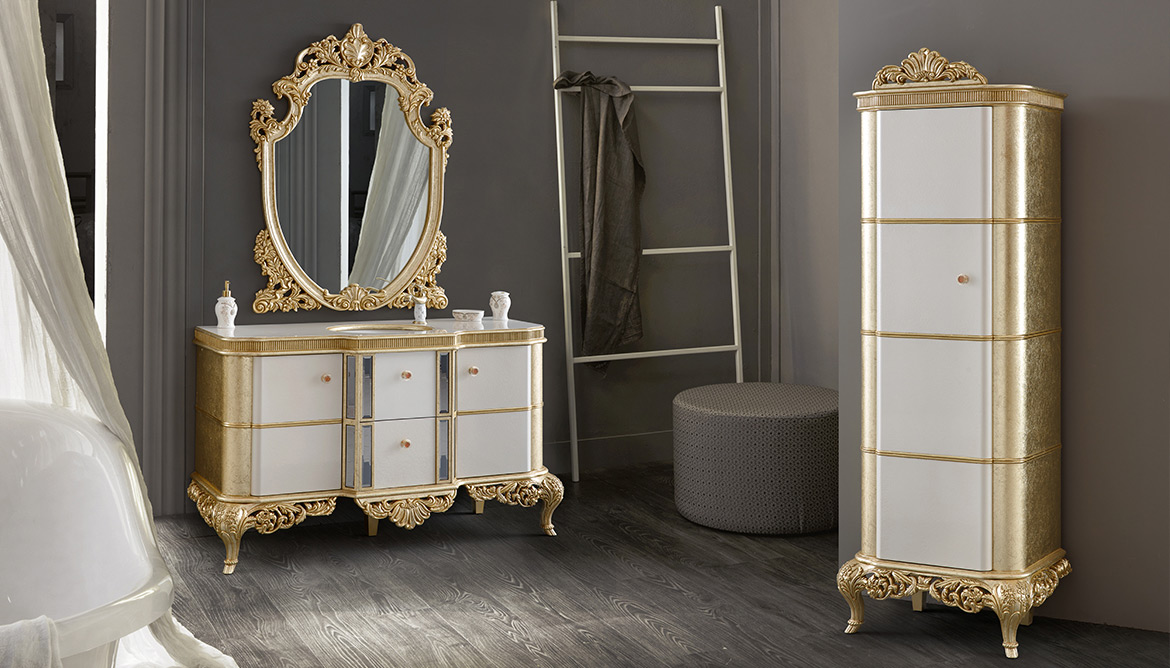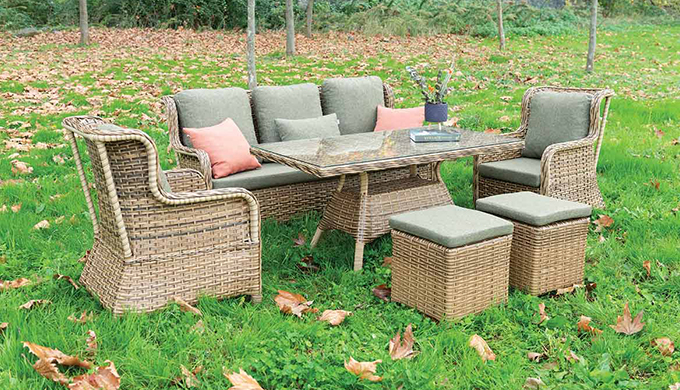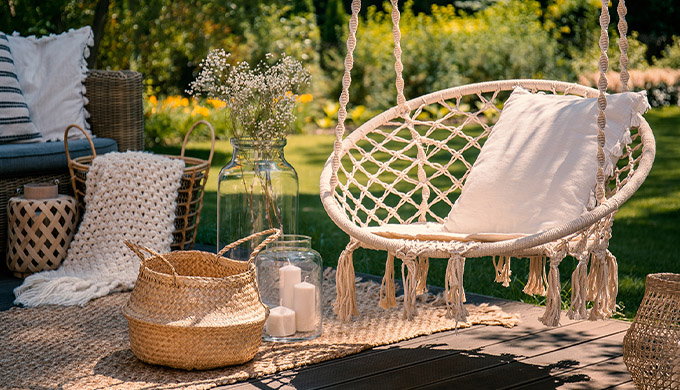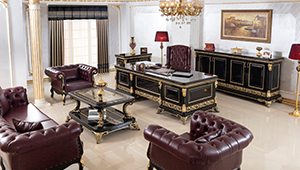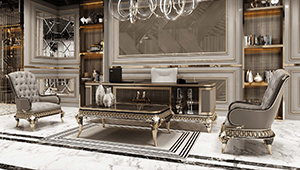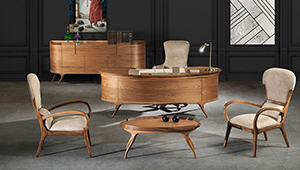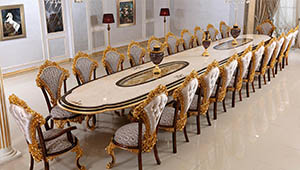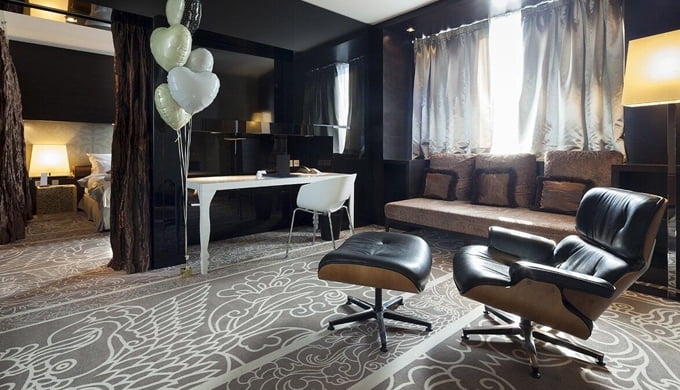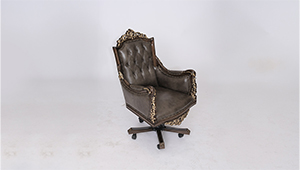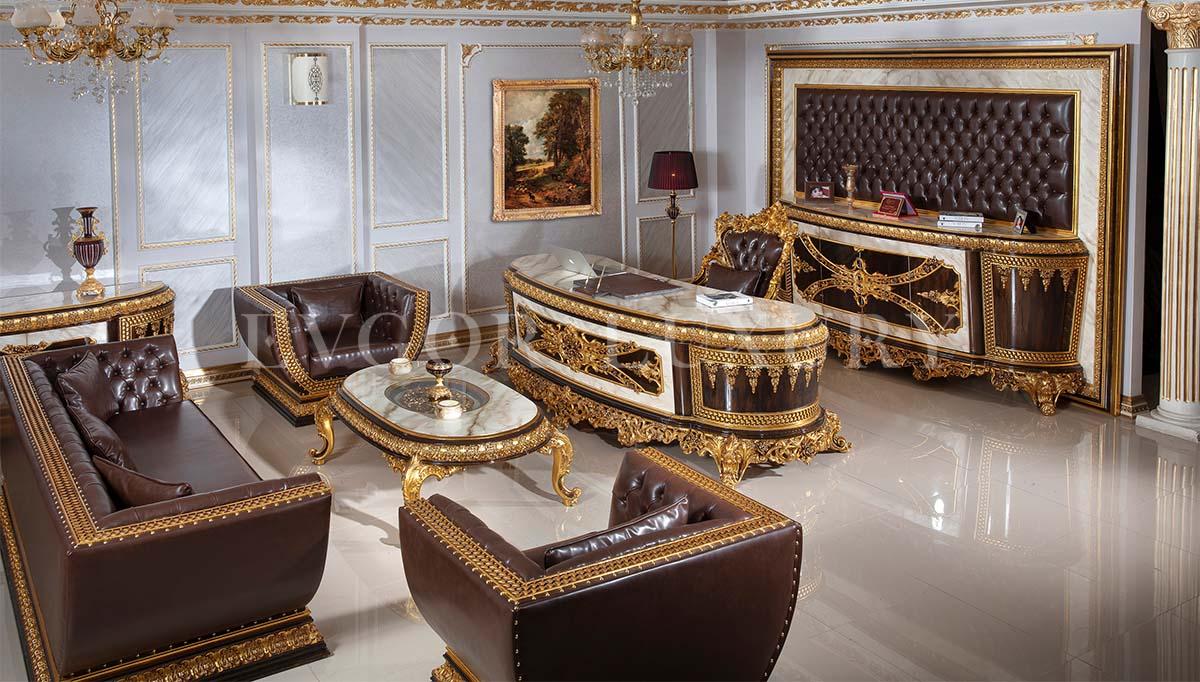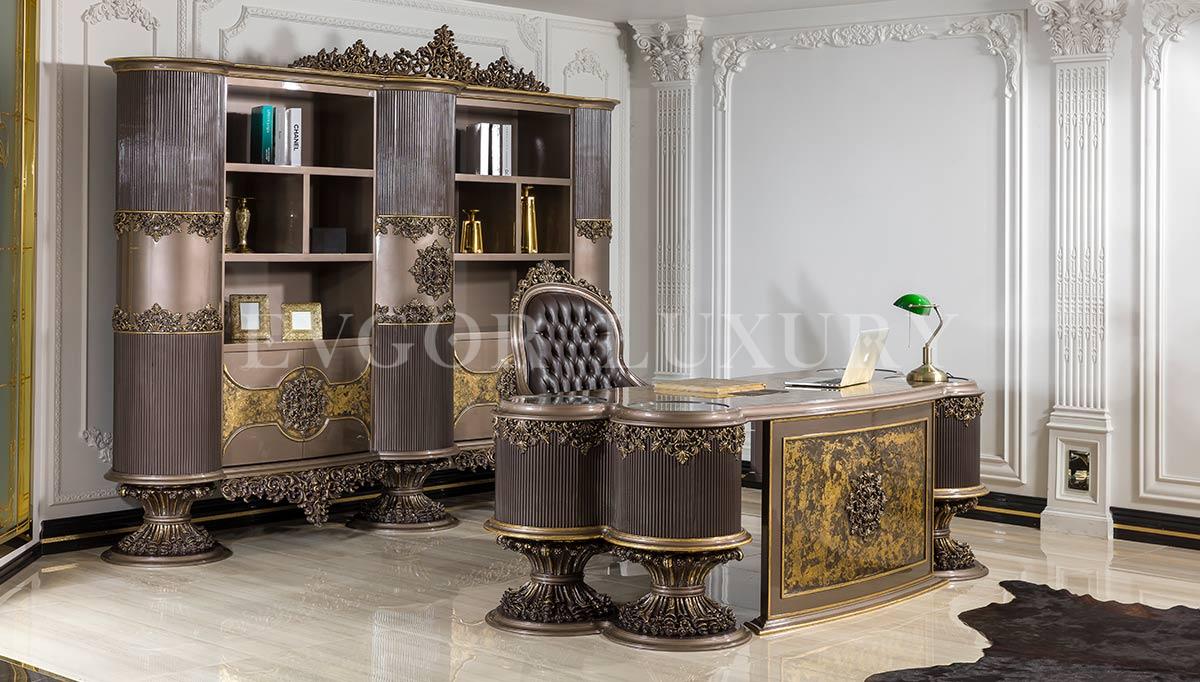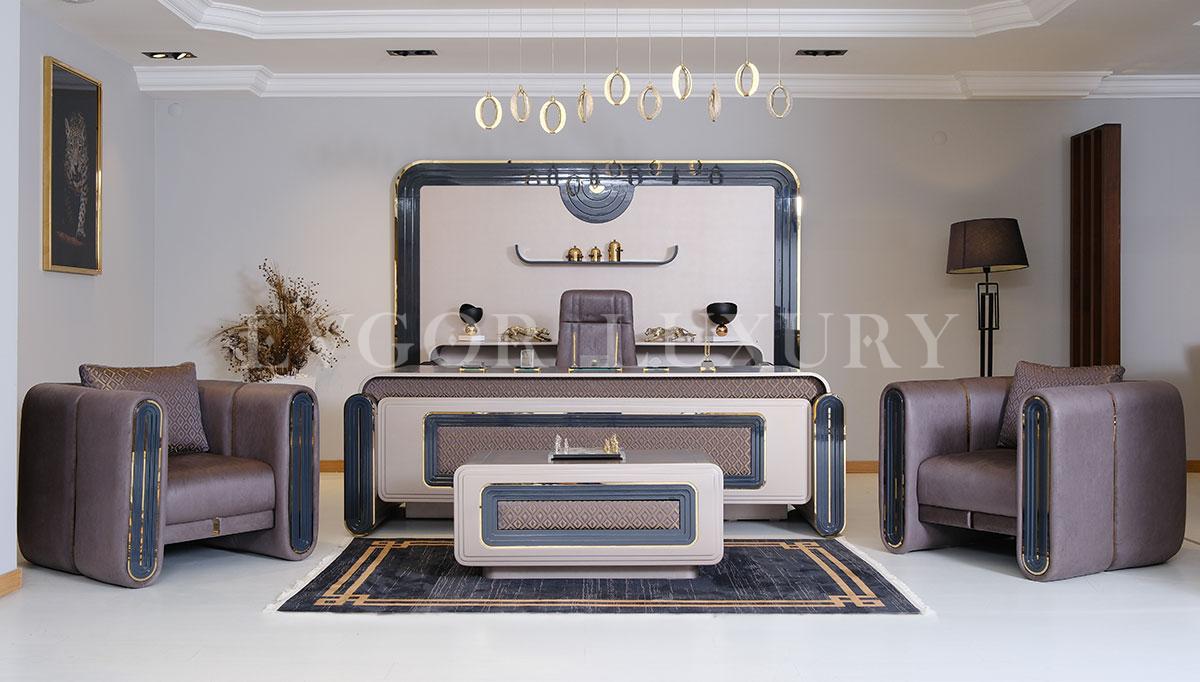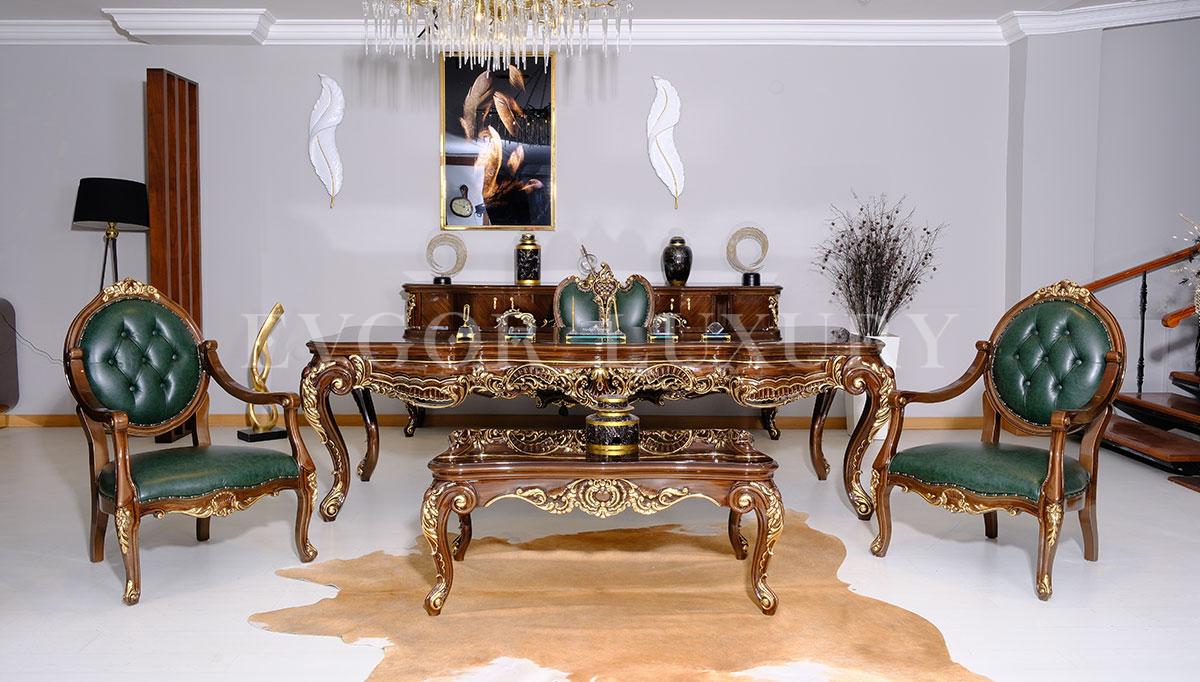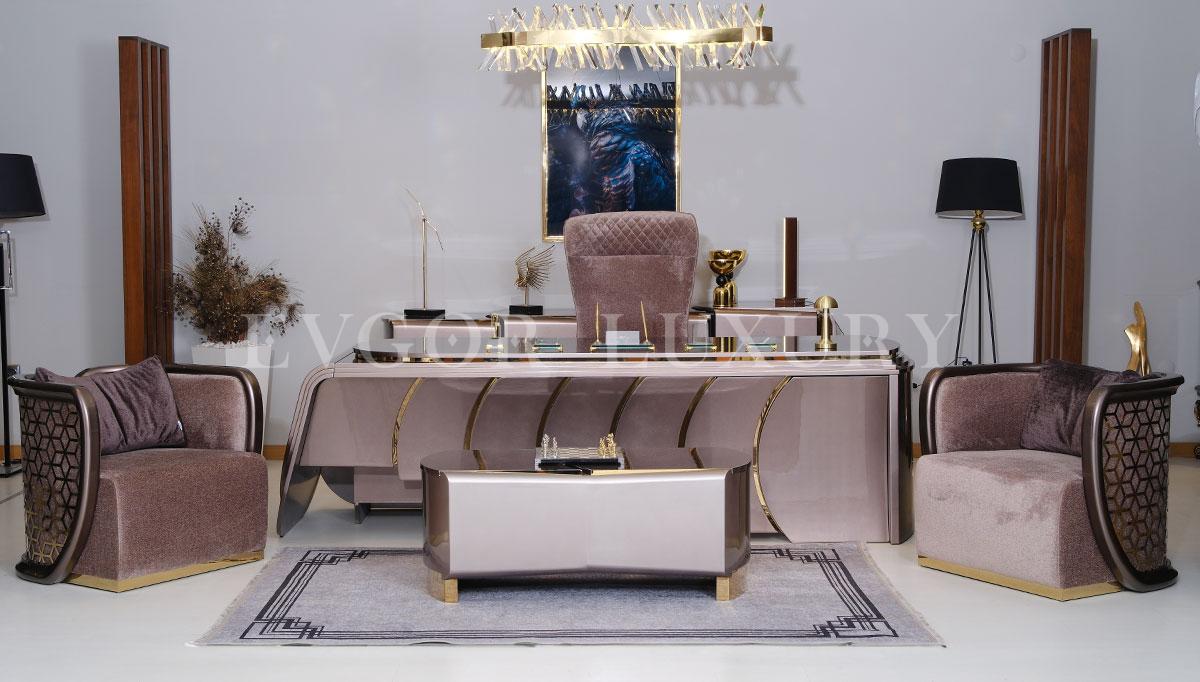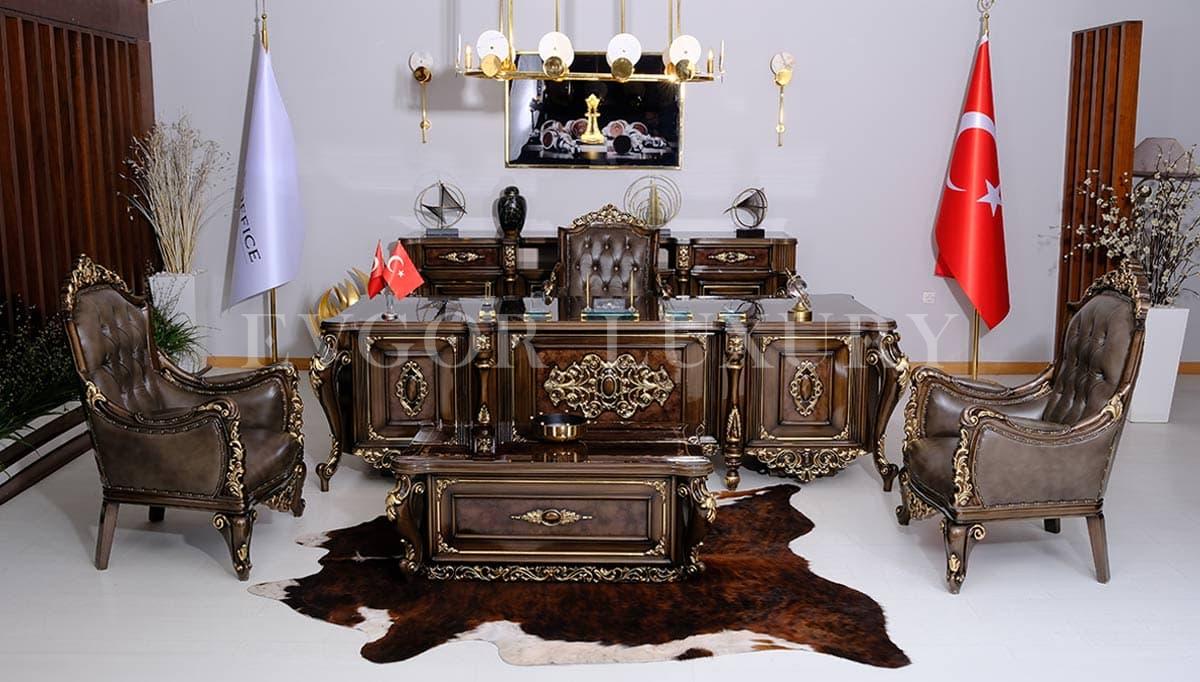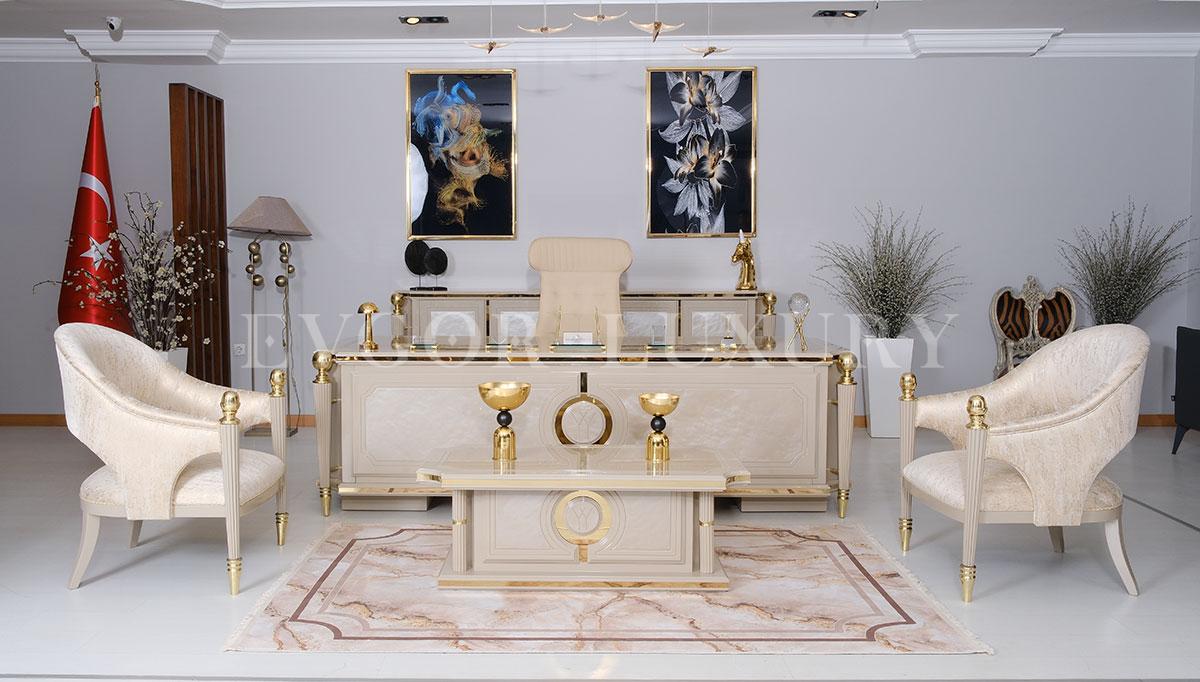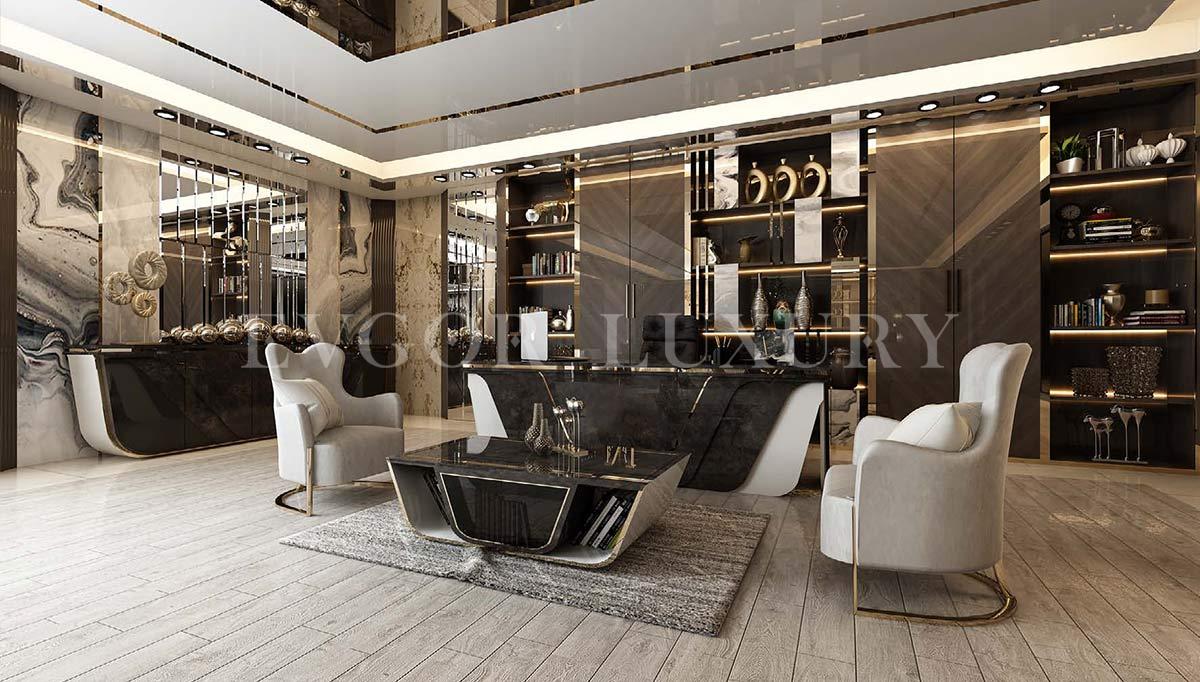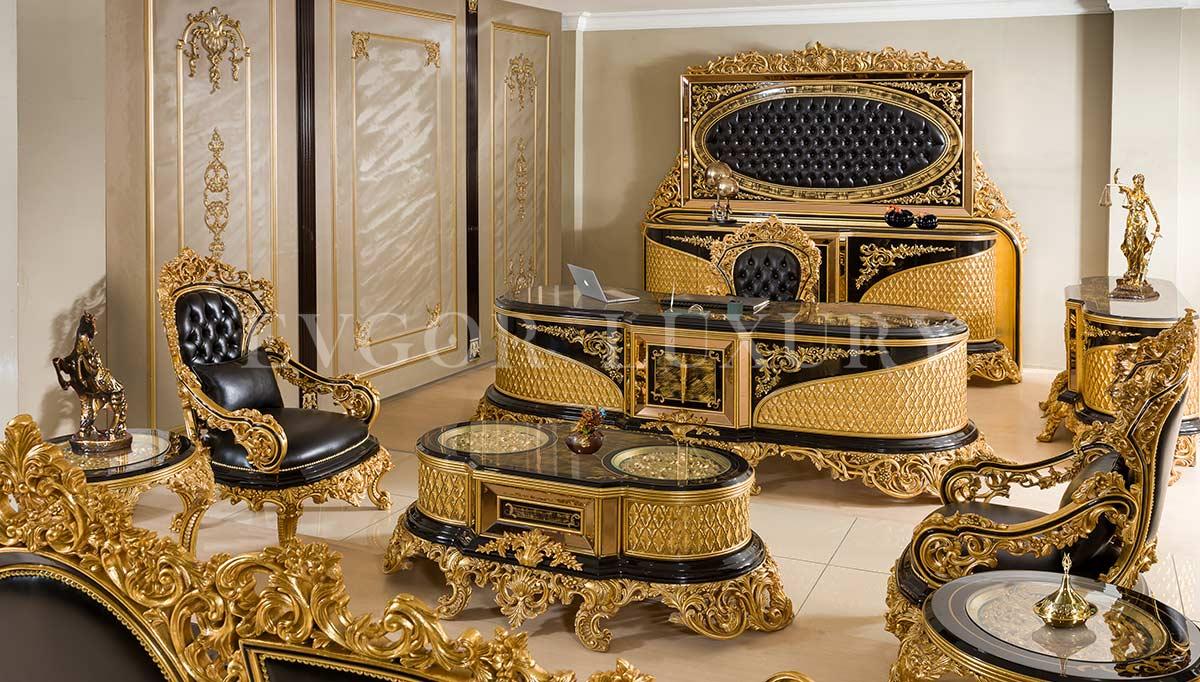Office Furnitures
Office furniture plays a crucial role in creating a comfortable and productive work environment. When setting up an office, whether it's at home or in a commercial space, consider the following essential office furniture items:
- Desk:
- A desk is a central piece of office furniture where you can perform various tasks. Desks come in different sizes, styles, and materials. Consider the amount of workspace you need and the overall design of your office.
- Office Chair:
- An ergonomic office chair is essential for providing comfort and support during long work hours. Look for a chair with adjustable height, lumbar support, and armrests. The goal is to promote good posture and reduce the risk of discomfort or injury.
- File Cabinets/Storage:
- File cabinets or storage units help keep your office organized. Consider the amount of paperwork you need to store and choose filing cabinets or storage solutions that fit your needs. Some offices may also opt for open shelving or bookcases for a more accessible storage solution.
- Bookshelves or Bookcases:
- Bookshelves are useful for storing reference materials, books, or decorative items. They can add a touch of personality to your office while keeping essentials within reach.
- Conference Table:
- In a shared office or a space where meetings are held, a conference table is essential. Choose a table size that accommodates the number of people you expect to have in meetings. Consider materials that match the overall design of the office.
- Conference Chairs:
- If you have a conference table, complement it with comfortable and appropriately sized conference chairs. These chairs are designed for meetings and discussions.
- Reception Area Furniture:
- If your office has a reception area, consider furniture such as a reception desk, seating for visitors, and possibly a coffee table. Reception furniture should create a welcoming atmosphere for guests.
- Office Workstations/Cubicles:
- In larger office spaces, workstations or cubicles may be used to provide individual work areas. Consider the needs of your team and the available space when choosing workstation setups.
- Desk Accessories:
- Items like desk organizers, cable management solutions, and desk lamps can enhance the functionality and organization of individual workspaces.
- Lounge or Breakroom Furniture:
- If your office has a lounge or breakroom, consider adding comfortable seating, tables, and possibly a kitchenette or dining area.
- Whiteboard or Corkboard:
- A whiteboard or corkboard can be useful for brainstorming, jotting down notes, or displaying important information.
- Task Lighting:
- Adequate lighting is crucial in an office. Consider task lighting for individual workspaces, and ensure that the overall lighting in the office is comfortable and promotes a productive atmosphere.
- Credenza or Sideboard:
- A credenza or sideboard can provide additional storage space and serve as a surface for displaying items or placing office equipment.
- Standing Desk (Optional):
- Some offices opt for standing desks to provide employees with the option of working while standing. These desks can contribute to a healthier and more dynamic work environment.
- Visitor Chairs:
- If your office receives visitors or clients, consider having comfortable visitor chairs in areas like reception or meeting spaces.
How to Choose the Best Office Furnitures?
Choosing the best office furniture involves careful consideration of several factors to create a comfortable, functional, and aesthetically pleasing workspace. Here are some tips to help you select the best office furniture:
- Assess Your Needs:
- Identify the specific needs and requirements of your office space. Consider the number of employees, the nature of the work, and the type of tasks performed. This assessment will guide you in determining the quantity and types of furniture needed.
- Consider the Layout:
- Take into account the layout and dimensions of your office space. Measure the available space to ensure that furniture fits comfortably without overcrowding. Consider the placement of doors, windows, and any architectural features.
- Prioritize Ergonomics:
- Prioritize ergonomics when selecting office chairs and desks. Ergonomic furniture is designed to support proper posture and reduce the risk of discomfort or injury. Look for chairs with adjustable features, lumbar support, and desks at the right height for comfortable work.
- Choose Comfortable Seating:
- Office chairs are a significant investment, and comfort is crucial. Test chairs for comfort, proper support, and adjustability. Consider the amount of time employees will spend sitting and the tasks they will perform.
- Opt for Adjustable Desks:
- Adjustable desks or sit-stand desks provide flexibility for employees who prefer alternating between sitting and standing throughout the day. This can contribute to improved comfort and overall well-being.
- Select Durable Materials:
- Choose furniture made from durable materials that can withstand daily use. Consider factors like the quality of the frame, the material used for surfaces, and the overall construction of the furniture.
- Consider Storage Needs:
- Evaluate the storage requirements of your office. Choose desks with built-in storage, and consider additional storage solutions such as filing cabinets, bookshelves, or credenzas. Adequate storage helps maintain a organized and clutter-free workspace.
- Pay Attention to Aesthetics:
- Consider the overall aesthetic of your office space. Choose furniture that aligns with the design theme or color scheme you want to achieve. A cohesive and visually appealing workspace can positively impact the atmosphere.
- Think about Collaboration Spaces:
- If your office includes collaboration spaces or meeting areas, choose furniture that encourages communication and teamwork. This might include comfortable seating, modular furniture, and writable surfaces for brainstorming.
- Incorporate Technology Needs:
- Consider the technological requirements of your office. Ensure that furniture accommodates the use of computers, monitors, power outlets, and cable management to maintain a tidy and functional workspace.
- Budget Wisely:
- Set a realistic budget for your office furniture. Consider the long-term investment and prioritize quality and functionality. While budget-friendly options are available, balance cost with the durability and features you need.
- Test Furniture in Person:
- Whenever possible, test furniture in person before making a purchase. Sit in chairs, try out desks, and assess the overall comfort and functionality. This firsthand experience can help you make informed decisions.
- Consider Future Growth:
- Plan for future growth and changes in your office space. Choose furniture that is flexible and can adapt to the evolving needs of your organization.
- Research and Read Reviews:
- Research furniture brands and read customer reviews to gain insights into the quality, durability, and customer satisfaction of specific products. This information can guide you in making informed choices.
- Check Warranty and Return Policies:
- Before finalizing your purchase, check the warranty and return policies of the furniture. A reliable warranty can provide peace of mind, and understanding the return policy is important in case the furniture doesn't meet your expectations.
How can I choose the right Office Furnitures style?
Choosing the right office furniture style involves considering your preferences, the nature of your work, and the overall aesthetic you want to achieve in your workspace. Here are some tips to help you select the right office furniture style:
- Consider Your Brand and Company Culture:
- Reflect on your company's brand identity and culture. Your office furniture style should align with your brand image and the values you want to communicate. A cohesive and well-designed workspace can contribute to a positive and professional atmosphere.
- Determine the Nature of Work:
- Consider the nature of the work that takes place in your office. Different work environments may benefit from specific furniture styles. For example:
- Creative and collaborative spaces might lean towards modern and flexible furniture.
- Traditional and formal furniture might be suitable for professional and corporate settings.
- High-tech and innovative industries might opt for modern and cutting-edge designs.
- Assess Employee Preferences:
- Consider the preferences of your employees. Some individuals may prefer a more traditional and structured environment, while others may appreciate a modern and open layout. Taking employee preferences into account can contribute to a more comfortable and engaged workforce.
- Evaluate the Layout and Space:
- Assess the layout and available space in your office. The physical dimensions of the space can influence the choice of furniture styles. Open-plan offices might benefit from modern and modular furniture, while private offices might accommodate more traditional or executive-style furniture.
- Mix and Match Styles:
- Don't feel confined to a single style. Mixing and matching furniture styles can create a dynamic and eclectic workspace. For example, combining modern workstations with traditional meeting room furniture can add visual interest.
- Consider Functionality:
- Prioritize functionality when selecting office furniture. Different styles can offer varying degrees of flexibility and adaptability. Consider how well the furniture supports the tasks performed in your office and whether it allows for collaboration and individual focus.
- Choose a Timeless or Trendy Look:
- Decide whether you prefer a timeless and classic look or a more trendy and contemporary aesthetic. Timeless styles, such as traditional or transitional, can withstand changing trends and remain relevant over the years. Trendy styles may be more visually striking but could need updating as trends evolve.
- Explore Different Styles:
- Familiarize yourself with various office furniture styles. Some common styles include:
- Modern/Contemporary: Sleek lines, clean designs, and often incorporates metal, glass, and minimalistic elements.
- Traditional: Classic and formal, featuring rich wood finishes, detailed craftsmanship, and timeless designs.
- Transitional: A blend of modern and traditional elements, offering a versatile and balanced look.
- Industrial: Utilizes raw materials like metal and exposed hardware for an urban and edgy vibe.
- Mid-Century Modern: Inspired by designs from the mid-20th century, characterized by simplicity and functionality.
- Consider Color Schemes:
- Think about the color scheme you want for your office. Different furniture styles may be associated with specific color palettes. Modern styles often incorporate neutral tones, while traditional styles may feature richer and warmer colors.
- Budget Constraints:
- Take your budget into consideration. While certain styles may be more associated with higher-end or designer furniture, there are often budget-friendly alternatives that can still achieve the desired look.
- Seek Professional Advice:
- If you're unsure about which style to choose, consider consulting with a professional interior designer. They can provide guidance based on your specific needs, preferences, and the characteristics of your office space.
- Test Furniture in Person:
- Whenever possible, test furniture in person before making a final decision. Sit in chairs, use desks, and evaluate the overall comfort and functionality. This firsthand experience can help you make more informed choices.
Office Furniture Prices
To get accurate and up-to-date pricing information, I recommend checking with local office furniture retailers, online furniture stores, or contacting specific manufacturers directly. They can provide you with detailed pricing based on your specific needs and preferences. Additionally, many retailers have websites where you can browse their catalogs and find the most current pricing information.
